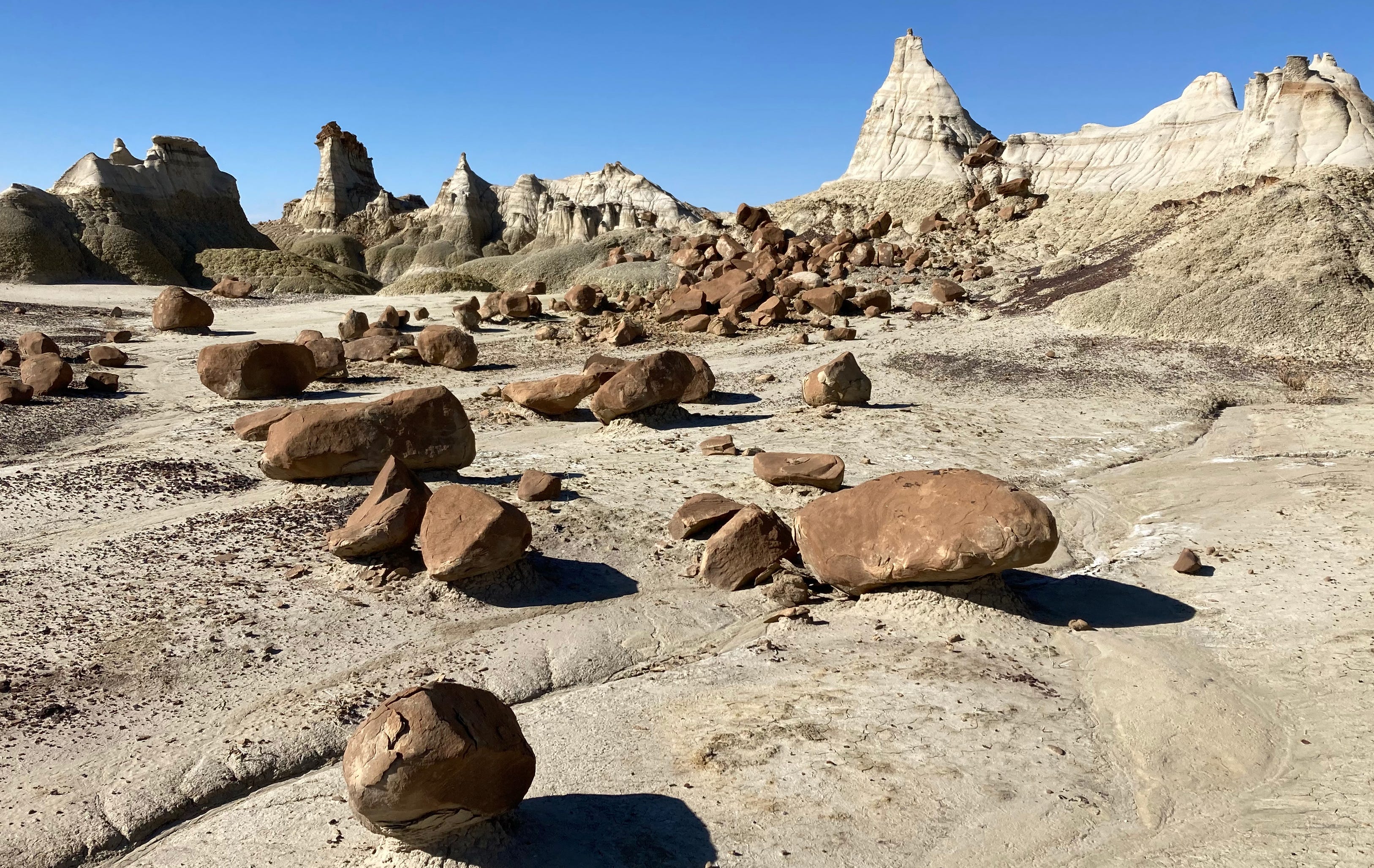Dinosaurs, big rains, thin snowpack, oh my
🦖 Fossils 🦕

The San Juan Basin in northwestern New Mexico and southwestern Colorado is known for producing oodles of fossil fuels over the last century. But it is really so, so much more than that: An epicenter …


